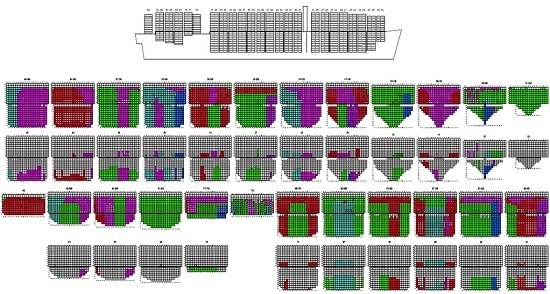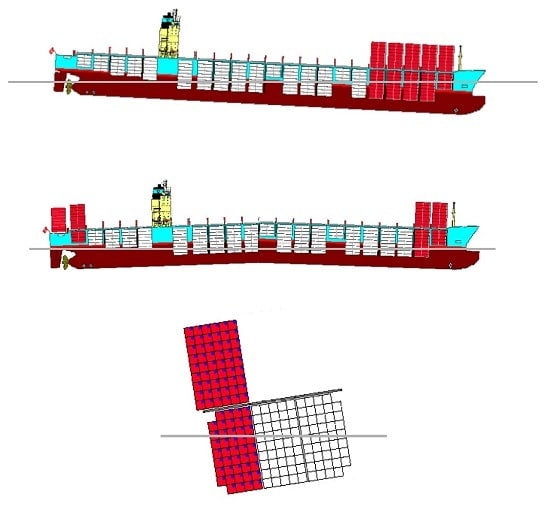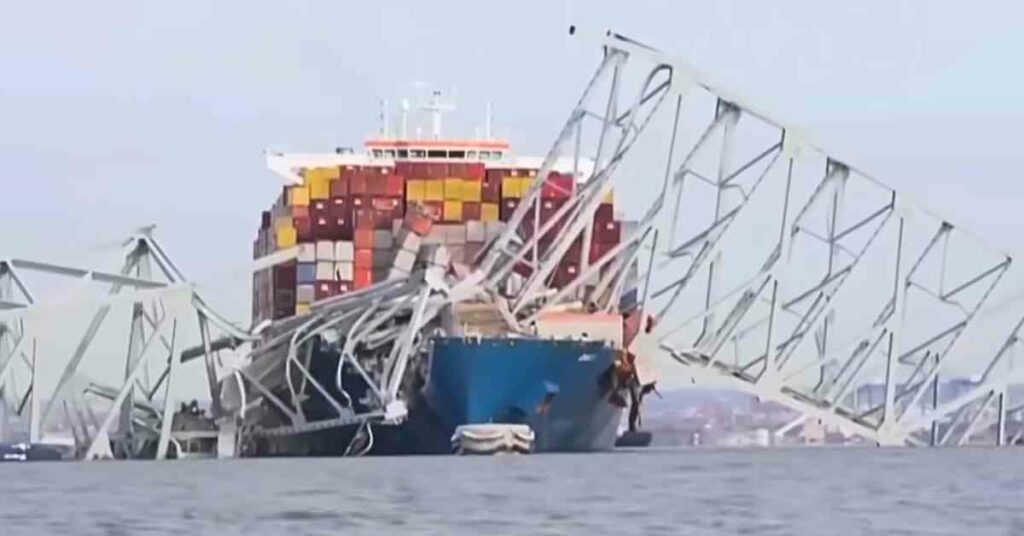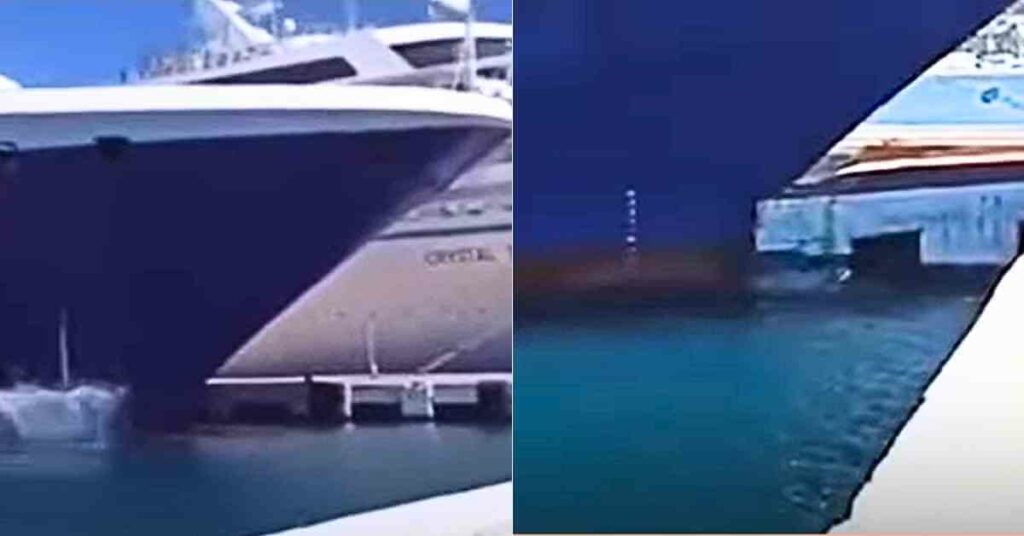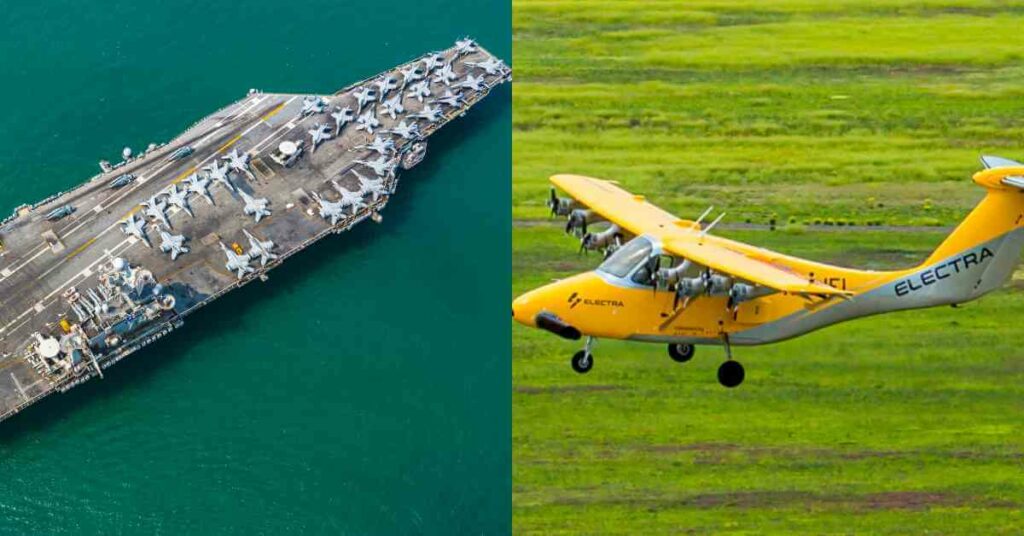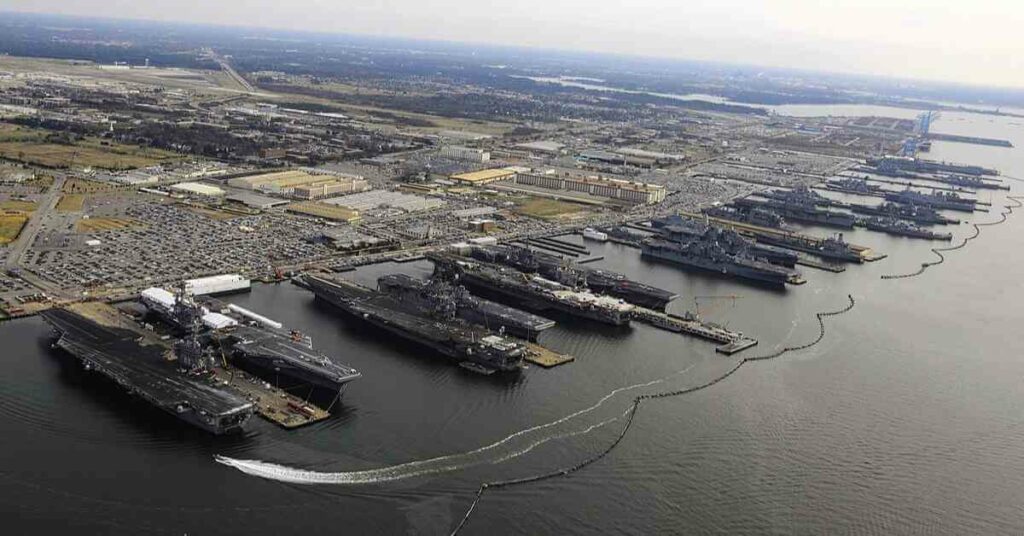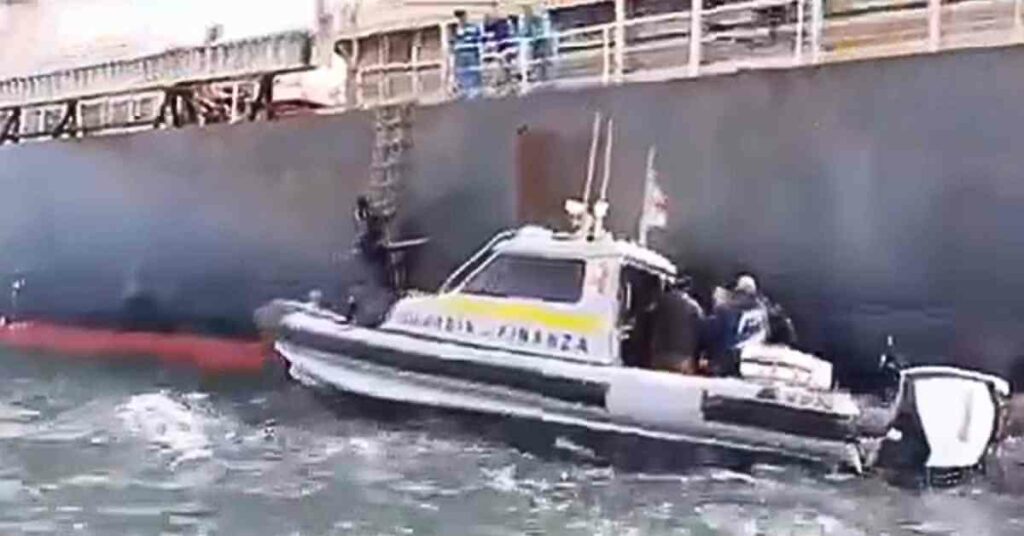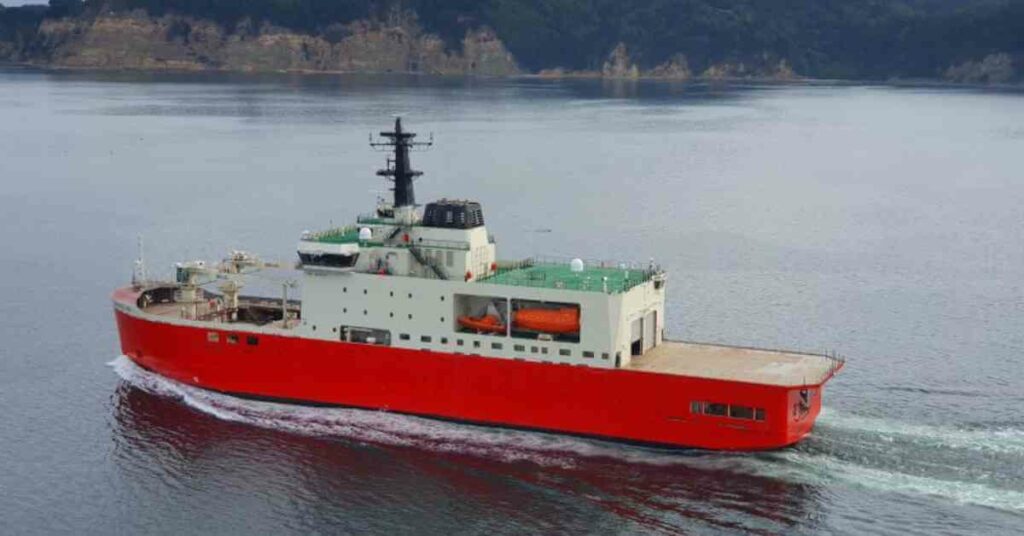The Triple-E: A Larger-Than-Life Puzzle
Every day, containers are loaded to or discharged from Maersk Line vessels. Because these ships need to depart from one port and arrive at another at a specific time, careful planning is required when arranging containers on a vessel — what we call “stowing”.
What happens in one port will impact what happens in the next; thus, it is important to stow a vessel properly and efficiently.
A ship like the Triple-E, which can carry up to 18,000 Twenty-foot Equivalent Unit (TEU) containers, makes stowage a much more exciting challenge.
The stowage cycle
Maersk Line stowage planners stow vessels in a “round-trip planning concept” considering all ports in the rotation from the very beginning. It is a 24-7-365 job to ensure that container ships are loaded and unloaded safely and efficiently.
Stowage is planned about 12 to 24 hours before a vessel arrives at a port. The loadlist for each vessel tends to keep changing, so stowage is done quite close to its arrival.
Once the loadlist is finalised, the stowage planner decides which groups of containers will be loaded onto specific bays on the vessel so that cranes in various ports in the rotation can work optimally. He/she also distributes container weights so that the vessel can sail in a stable condition, and pays special attention to dangerous cargo, breakbulk, reefers and cargo needing special positions onboard. The stowage plan will be checked with “stability systems” to ensure that the vessel can safely sail with given conditions. Afterwards, the plan is sent to the loading terminal.
The terminal then “fits” the containers in its yard to the plan, taking into consideration the ports of discharge, container type (e.g., reefers) and weight. A copy of the terminal plan is sent back to the stowage planners for verification.
Once approved, the terminal plan is presented to the Chief Officer on arrival for his final approval before the vessel is finally loaded.
The vessel departs for its next port call, and the cycle repeats.
Which container goes where, and why?
A reliable stowage plan gives special attention to five things: safety, flexibility, productivity, cost and optimal intake. It should consider the security of vessel, crew and cargo alike. It should also be adaptable to port, service and vessel requirements and restrictions. Moreover, it should continuously reduce inefficiencies and ensure that resources are used optimally. Last but not the least, it must secure the highest possible intake of cargo while supporting the lowest operational execution cost, by planning for minimal restows and lowest bunker cost.
In stowing the Triple-E, the key items to evaluate are the following:
- Port destinations: Containers to be discharged at the next port of call should be on top.
- Weight distribution: Containers should be loaded or discharged equally over a set number of bays. Too much weight on the bow (front), aft (back), left or right side of the ship will cause the vessel to dip at an angle; too much weight at both the bow and aft will cause the vessel to bend. As a rule, heavier containers are placed lower in the vessel because it gives the ship more stability
- Container weight: Each container should weigh below the defined gross weight limit, so as not to damage the vessel and endanger the life of the crew.
- Cargo mix: Reefer containers must be stowed at power supply sockets where they are accessible for inspection and repair by ship crew. Some shipments may require sufficient ventilation and special provisions (e.g., live animals). Hazardous and dangerous goods must also be correctly segregated from other cargo and each other.
- Cranes: The number of terminal cranes needed to work the Triple-E in every port should also be assessed, as well as their height limits, lift and reach capacities, hoist capabilities, and even repairs and potential breakdowns.
- Container size: Ideally, containers with the same size should be stowed together. Stowing different container sizes on the same bay can make it difficult to secure them with lashing rods or twistlocks, which is greatly required on rough sea weather.
- Stackweight limit: Each vessel has a limit to the number of containers that can be stacked on top of each other. The Triple-E can be loaded with a maximum of 11 containers below the deck and 10 containers on deck. However, containers should not obstruct the view from the bridge.
Experience knows best
The Maersk Line fleet is 550-ship strong and makes around 32,000 port calls annually. Time is of the essence when it comes to stowing a vessel, especially one with the size and capacity of the Triple-E.
You might think that technology is the main enabler for our planners and coordinators to stow on time, but actually the way we stow ships is surprisingly manual.
“We have a system that shows us a visual representation of the vessel and cargo, but there is no automation in the process,” says Tom Bebbington, stowage analyst for the Asia Pacific Liner Operations Cluster. “The stowage coordinator is able to decide where best to place a container after years of continuously doing it and relearning about it, combined with an eye for detail and a thorough knowledge of the service and vessels.”
“The human brain is still a far superior ‘tool’ when it comes to stowage,” he adds.
The number of considerations needed when stowing a vessel means that there are also many possible stowage combinations. None of them are 100% right or wrong; the process is all about keeping options open and retaining flexibility.
Stowing the Triple-E is a large and complex puzzle indeed — but one that takes both logic and creativity to solve.
Reference & Image Credits: worldslargestship
Disclaimer :
The information contained in this website is for general information purposes only. While we endeavour to keep the information up to date and correct, we make no representations or warranties of any kind, express or implied, about the completeness, accuracy, reliability, suitability or availability with respect to the website or the information, products, services, or related graphics contained on the website for any purpose. Any reliance you place on such information is therefore strictly at your own risk.
In no event will we be liable for any loss or damage including without limitation, indirect or consequential loss or damage, or any loss or damage whatsoever arising from loss of data or profits arising out of, or in connection with, the use of this website.
Disclaimer :
The information contained in this website is for general information purposes only. While we endeavour to keep the information up to date and correct, we make no representations or warranties of any kind, express or implied, about the completeness, accuracy, reliability, suitability or availability with respect to the website or the information, products, services, or related graphics contained on the website for any purpose. Any reliance you place on such information is therefore strictly at your own risk.
In no event will we be liable for any loss or damage including without limitation, indirect or consequential loss or damage, or any loss or damage whatsoever arising from loss of data or profits arising out of, or in connection with, the use of this website.
Do you have info to share with us ? Suggest a correction
About Author
Marine Insight News Network is a premier source for up-to-date, comprehensive, and insightful coverage of the maritime industry. Dedicated to offering the latest news, trends, and analyses in shipping, marine technology, regulations, and global maritime affairs, Marine Insight News Network prides itself on delivering accurate, engaging, and relevant information.

About Author
Marine Insight News Network is a premier source for up-to-date, comprehensive, and insightful coverage of the maritime industry. Dedicated to offering the latest news, trends, and analyses in shipping, marine technology, regulations, and global maritime affairs, Marine Insight News Network prides itself on delivering accurate, engaging, and relevant information.
Latest Shipping News Articles You Would Like:
Subscribe To Our Newsletters
By subscribing, you agree to our Privacy Policy and may receive occasional deal communications; you can unsubscribe anytime.



